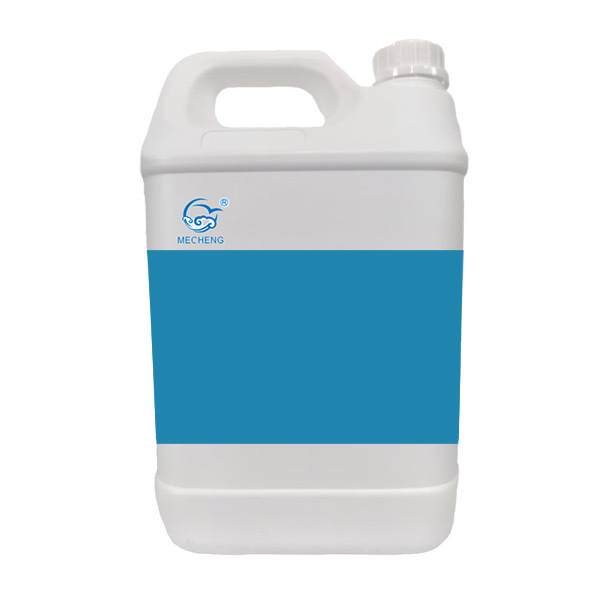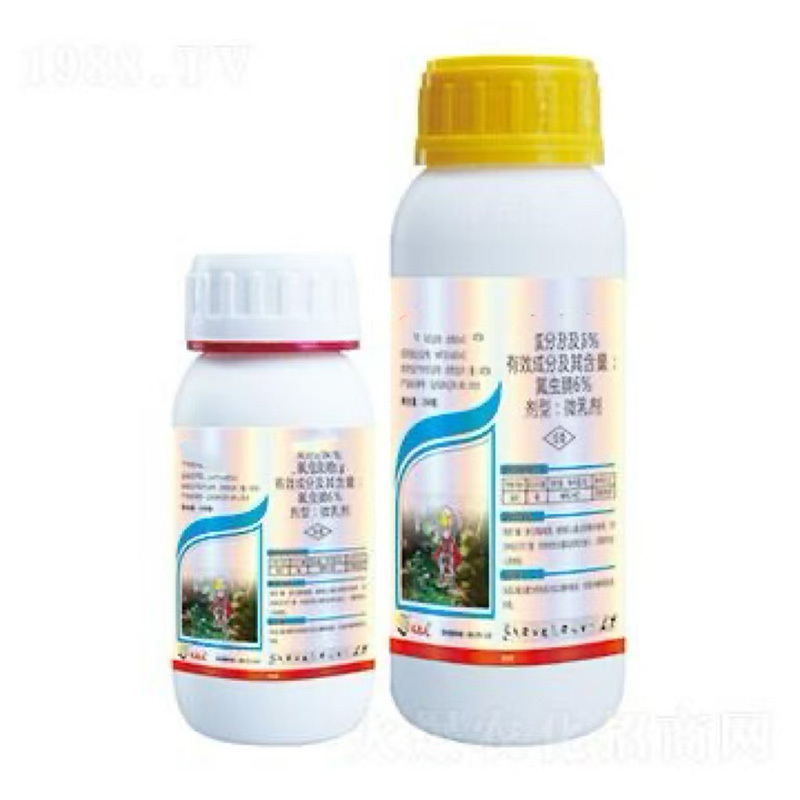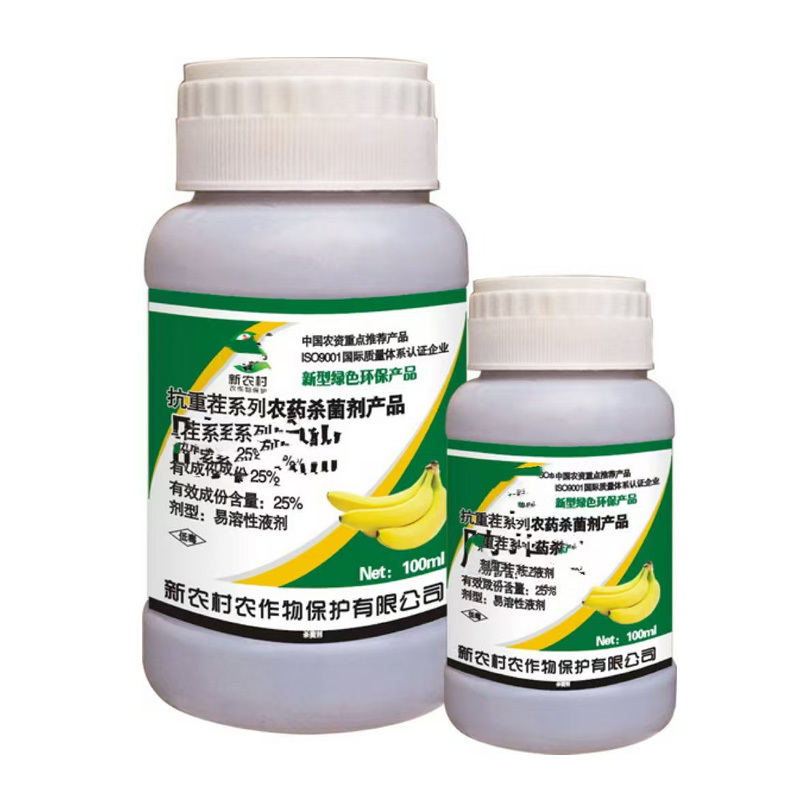The Influence of Organic Plant Protection on Crop Rotation Strategies: A Comprehensive Exploration
Time
2025-11-03
The Influence of Organic Plant Protection on Crop Rotation Strategies Table of Contents 1. Introduction to Organic Plant Protection 2. Understanding Crop Rotation: An Overview 3. Benefits of Organic Plant Protection in Crop Rotation 4. Integrating Organic Plant Protection into Crop Rotation Strategies 5. Case Studies: Success Stories in Organic Crop Rotation 6. Practic
The Influence of Organic Plant Protection on Crop Rotation Strategies
Table of Contents
- 1. Introduction to Organic Plant Protection
- 2. Understanding Crop Rotation: An Overview
- 3. Benefits of Organic Plant Protection in Crop Rotation
- 4. Integrating Organic Plant Protection into Crop Rotation Strategies
- 5. Case Studies: Success Stories in Organic Crop Rotation
- 6. Practical Tips for Implementing Organic Protection
- 7. Challenges in Adopting Organic Plant Protection
- 8. Future Trends in Organic Plant Protection and Crop Rotation
- 9. Frequently Asked Questions
- 10. Conclusion
1. Introduction to Organic Plant Protection
Organic plant protection refers to the use of natural substances and techniques to manage pests and diseases in crops. Unlike conventional farming, which often relies on synthetic chemicals, organic methods prioritize ecological balance and sustainability. This shift towards organic practices is not just a trend; it reflects a growing awareness of the environmental impacts of industrial agriculture. As consumers become more conscious of their food sources, the demand for organic produce continues to rise, prompting farmers to adapt their strategies.
The integration of organic plant protection into crop rotation strategies is particularly significant. Crop rotation—a practice of alternating the types of crops grown in a particular area—plays a crucial role in maintaining soil health, preventing pest buildup, and enhancing biodiversity. By incorporating organic protection methods, farmers can optimize their crop rotation plans, leading to healthier crops and more sustainable farming practices.
2. Understanding Crop Rotation: An Overview
Crop rotation is an agricultural technique with deep historical roots. It involves alternating different crops in the same field over several growing seasons. This method provides numerous benefits:
Soil Nutrient Management
Different crops have varying nutrient requirements. By rotating crops, farmers can help maintain a balanced nutrient profile in the soil, reducing the need for synthetic fertilizers. For example, legumes can fix nitrogen in the soil, benefiting subsequent crops.
Pest and Disease Control
Crop rotation disrupts the life cycles of pests and diseases, reducing their prevalence. By planting different crops in succession, farmers can lower the risk of pest infestations and soil-borne diseases, ultimately leading to healthier harvests.
Biodiversity Enhancement
Diverse cropping systems promote biodiversity, which is essential for ecosystem stability. By rotating crops, farmers can support beneficial insects and microorganisms that contribute to soil health and pest control.
Weed Management
Weeds thrive under certain conditions. Changing the crops grown in a field can disrupt the conditions that favor specific weed species, making it easier to manage weed populations without relying heavily on herbicides.
3. Benefits of Organic Plant Protection in Crop Rotation
Integrating organic plant protection methods within crop rotation strategies enhances the benefits of both approaches. Here are some key advantages:
Enhanced Soil Health
Organic plant protection techniques, such as the use of compost, cover crops, and natural pest repellents, contribute to improved soil structure and fertility. Healthy soil is foundational for successful crop rotation, as it supports robust plant growth and resilience.
Reduced Chemical Dependency
Adopting organic methods minimizes reliance on synthetic pesticides and fertilizers. This not only benefits the environment but also leads to safer working conditions for farmers and healthier food for consumers.
Increased Resilience to Climate Variability
Organic practices enhance the soil's ability to retain moisture and nutrients. This resilience is crucial in the face of climate change, where extreme weather events can disrupt traditional farming practices.
Improved Marketability
Organic produce often commands higher prices in the marketplace. By implementing organic plant protection within crop rotation strategies, farmers can tap into the growing demand for organic products, thus boosting their profitability.
4. Integrating Organic Plant Protection into Crop Rotation Strategies
To effectively combine organic plant protection with crop rotation, farmers should consider several key techniques:
Utilizing Cover Crops
Cover crops, such as clover or rye, can be planted during the off-season. They help prevent soil erosion, suppress weeds, and enhance soil fertility. When incorporated into a rotation plan, cover crops can significantly improve soil health.
Employing Natural Pest Control
Techniques like companion planting, where specific plants are grown together to deter pests, can be highly effective. For example, planting marigolds alongside vegetables can repel nematodes and other harmful insects.
Implementing Organic Fertilizers
Organic fertilizers, such as compost or manure, can replenish soil nutrients without the adverse effects of synthetic options. These fertilizers should be applied based on soil testing to meet the specific needs of each crop in rotation.
Adopting Integrated Pest Management (IPM)
IPM combines biological, cultural, physical, and chemical tools to manage pests in an environmentally and economically sound manner. By focusing on prevention and monitoring, farmers can reduce pest populations without relying solely on chemical treatments.
5. Case Studies: Success Stories in Organic Crop Rotation
Several farmers and organizations have successfully integrated organic plant protection into their crop rotation strategies. Here are a few noteworthy examples:
Case Study 1: A Midwestern Organic Farm
A family-owned farm in the Midwest adopted organic practices alongside a diverse crop rotation plan. By implementing cover crops and natural pest repellents, they reported a significant increase in yield and a dramatic reduction in pesticide use over five years.
Case Study 2: A Cooperative of Organic Farmers
A cooperative in California focused on sustainable practices, combining organic plant protection with crop rotation. They shared resources and knowledge, leading to a collective reduction in costs and improved crop health across member farms.
6. Practical Tips for Implementing Organic Protection
For farmers looking to adopt these strategies, consider these practical tips:
Start Small
Begin by integrating organic techniques into a portion of your farm to gauge effectiveness. Monitor results before expanding practices across larger areas.
Educate Yourself
Take advantage of workshops, online courses, and local extension services to learn about organic practices and crop rotation principles. Knowledge is key to successful implementation.
Network with Other Farmers
Join local or online farming communities to share experiences and strategies. Collaborating with others can provide valuable insights and encouragement.
Monitor and Adjust
Regularly assess the health of your soil and crops. Be prepared to adjust your rotation plan and organic practices based on what works best for your specific conditions.
7. Challenges in Adopting Organic Plant Protection
Despite the benefits, adopting organic plant protection methods can present challenges. Recognizing these obstacles is the first step toward overcoming them:
Initial Costs
Transitioning to organic practices may require upfront investment in materials and education. However, these costs often decrease over time as systems become established.
Knowledge Gaps
Not all farmers have access to the information needed to implement organic methods effectively. Continued education and outreach programs can help bridge this gap.
Pest Resistance
Some pests may develop resistance to organic control methods over time. By rotating the techniques used and employing IPM strategies, farmers can mitigate this risk.
8. Future Trends in Organic Plant Protection and Crop Rotation
The future of organic plant protection and crop rotation is bright, with several trends emerging:
Increased Research and Development
As demand for organic produce grows, research into effective organic pest and disease management is likely to expand. This may lead to new solutions and improved practices for farmers.
Technological Integration
Advances in technology, such as precision agriculture, can help farmers implement organic practices more efficiently. Tools that monitor soil health and pest populations can lead to smarter decision-making.
Consumer Awareness and Demand
As consumers become more aware of the benefits of organic farming, demand for organic products will continue to rise. This creates opportunities for farmers willing to adapt their crop rotation strategies to meet market needs.
9. Frequently Asked Questions
What is organic plant protection?
Organic plant protection involves using natural substances and techniques to control pests and diseases in crops without synthetic chemicals.
How does crop rotation benefit soil health?
Crop rotation helps maintain a balanced nutrient profile, enhances soil structure, and reduces soil erosion, leading to healthier soils over time.
Can organic methods reduce pest populations?
Yes, organic plant protection techniques, such as companion planting and natural repellents, can effectively manage pest populations and reduce infestations.
What are some examples of cover crops?
Common cover crops include clover, rye, oats, and vetch. These crops contribute to soil health and can be integrated into crop rotation plans.
Is it cost-effective to transition to organic farming?
While initial costs may be higher, many farmers find that organic practices lead to increased yields, reduced input costs, and higher market prices for organic produce over time.
10. Conclusion
The integration of organic plant protection into crop rotation strategies offers a pathway towards more sustainable farming practices. By prioritizing ecological balance and actively managing soil health, farmers can cultivate resilient and productive agricultural systems. As we move towards a more sustainable future, embracing organic methods not only benefits our environment but also meets the growing demand for healthier, organic produce. The marriage of organic plant protection and crop rotation represents a significant step forward in achieving long-term agricultural sustainability, paving the way for a healthier planet and food system.
Latest News






